Xenarthra facts, pictures and information. Discover the group of mammals which includes the anteaters, armadillos and sloths…
Xenarthra Facts
Xenarthra is the animal group which includes the sloths, armadillos and anteaters. The xenarthrans originated in South America around 59 million years ago. Although at one time xenarthrans were found throughout the Americas, today only one xenarthran, the nine-banded armadillo, is found as far north as the United States.
Today’s sloths, armadillos and anteaters are quite different from one another. They have adapted to different lifestyles and are found in different habitats.
Although at first glance they don’t seem to have much in common, these three groups of mammals actually share a common ancestor and are therefore more closely related to each other than they are to other mammals.
Over many thousands of years sloths, armadillos and anteaters have diversified away from their common ancestor to become the animals we know today.
Despite this, they still share many characteristics that reveal their shared origins. Further down the page we’ll explore these shared characteristics to find out what makes a xenarthran a xenarthran.
What Is Xenarthra?
Xenarthra is a ‘superorder’ – a group of related animals that contains other, smaller groups of even more closely-related animals.
A superorder is itself a subset of a larger group of animals. The superorder Xenarthra is part of the class Mammalia, to which all of the world’s mammals belong.
- You can find out more about animal groups such as classes, orders and families on this page: Animal Classification
- You can find out what makes a mammal a mammal here: Mammals: The Ultimate Guide
The superorder Xenarthra contains two orders: Cingulata and Pilosa.
- The order Cingulata contains today’s armadillos and their extinct relatives.
- The order Pilosa is divided into two suborders: Folivora, which includes the sloths and their extinct relatives; and Vermilingua, which contains today’s anteaters.
What Does Xenarthra Mean?
The name ‘Xenarthra’ means ‘strange joints’. It refers to the extra joints present in the lower spines of all xenarthrans.
Xenarthra Evolution
Xenarthrans are placental mammals. Placental mammals give birth to relatively well-developed young, who were nourished by an organ known as a placenta while developing in their mother’s womb. This separates them from the egg-laying monotremes, and the pouched marsupials.
- You can find out more about the different types of mammal here: Types of Mammal
Xenarthrans first appeared around 59 million years ago, during the Paleocene. (The Paleocene is the first epoch of the Paleogene Period.) They originated in South America
They are considered to be among the most primitive of the placental mammals.
The armadillos split from the other xenarthrans around 58.7 million years ago. Sloths and anteaters are more closely related to one another than they are to armadillos.
Today’s sloths are tree-dwelling and relatively small animals. Their extinct relatives include both ground sloths, which grew to the size of elephants, and marine sloths.
Xenarthra Characteristics
On the surface a hairy, tree-dwelling sloth doesn’t seem to have much in common with an armored, burrowing armadillo. If you go far enough back in each of their family trees, however, you’ll arrive at the same place; an animal from which all today’s xenarthrans are descended.
Because of their shared ancestry, all xenarthrans have certain things in common. The name Xenarthra, as we’ve found, refers to the animals’ uniquely jointed spines. We’ve also found that all xenarthrans are placental mammals. But there are several other xenarthran characteristics.
- Neither sloths nor anteaters have teeth. Armadillos only have basic, unvaried cheek teeth which lack enamel.
- Xenarthrans have long, cylindrical braincases to house their relatively small brains.
- The hind feet of xenarthrans have four toes; the forefeet have either two or three toes.
- The forefeet of xenarthrans have large claws and are modified for either climbing or digging.
- Xenarthrans have single-color vision, which means that they are only able to distinguish a limited number of colors.
- Xenarthrans have extremely low metabolisms (the rate at which the body converts food into energy) and body temperatures. They typically eat food which is plentiful (i.e. leaves or small insects), but which is low in energy.
Armadillos
Armadillos are equipped with tough, leathery armor which provides protection both from predators and from thorny vegetation. When threatened they will curl up in a ball.
Their long, powerful claws are adapted for burrowing. They live in deep burrows, where their low metabolism prevents them from overheating.
There are 21 species of armadillo living today. The extinct relatives of armadillos include large, car-sized armored animals that were found in both South and North America. The best-known of these is the Glyptodon.
Sloths
There are six species of sloth divided between two families: the two-toed sloths and the three-toed sloths. The family names are not strictly accurate because all sloths have three toes on their hind feet. The names actually refer to the number of fingers on the sloth’s arms.
Sloths spend most of their lives hanging upside-down from branches and vines. They move so slowly that other animals, including specially-adapted moths, make their homes in the sloths’ fur. The greenish tinge to many sloths’ coats is caused by algae that is allowed to grow on the hair.
Today’s sloths are all tree-dwelling but in the past elephant-sized ground sloths roamed both South and North America.
- You can find out more about sloths on this page: Sloth Facts
Anteaters
Four species of anteater are alive today: the giant anteater, silky anteater, northern tamandua and southern tamandua.
The giant anteater, which as its name suggests is the largest species, is the only purely terrestrial (ground-dwelling) anteater.
The silky anteater is the smallest anteater. It is fully arboreal (tree-dwelling).
The two tamanduas spend much of their lives in the trees, but will also forage and travel on the forest floor.
Anteaters make up the suborder Vermilingua, which means ‘worm tongue’. The name refers to the species’ long tongues, which are used to gather up ants and termites in large volumes.
- You can find out more about anteaters on this page: Anteater Facts
Xenarthra Facts: Discover More With Active Wild
You can continue your exploration of the animal kingdom on the following pages:

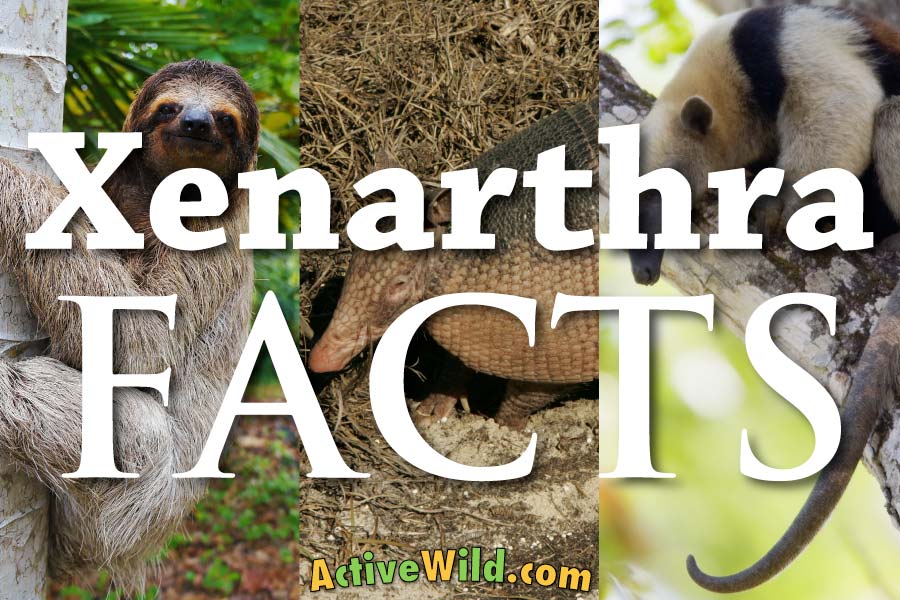


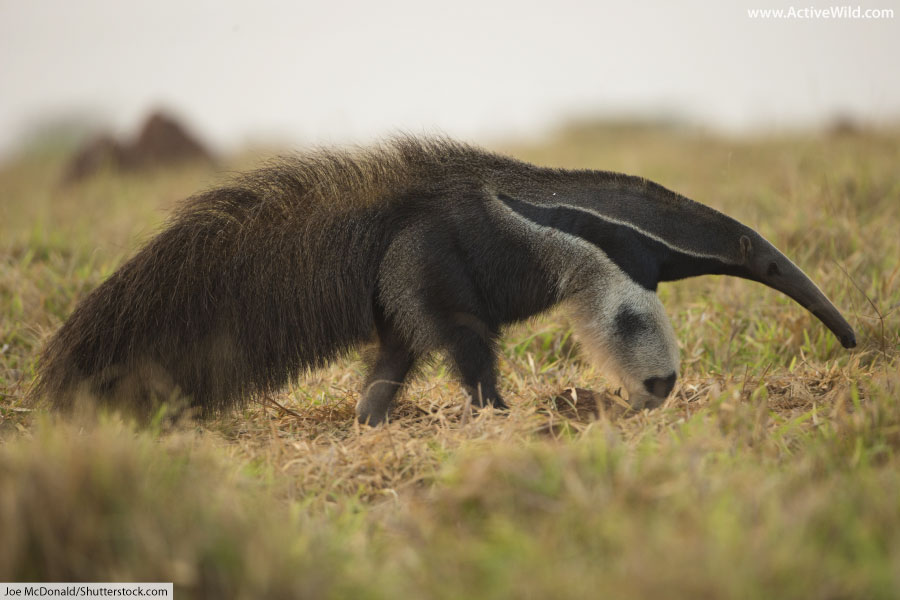

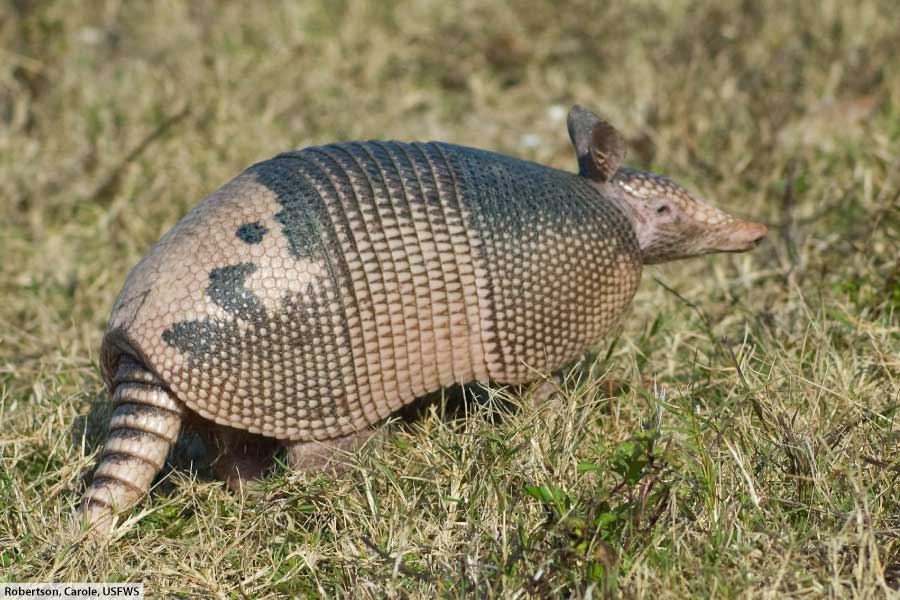

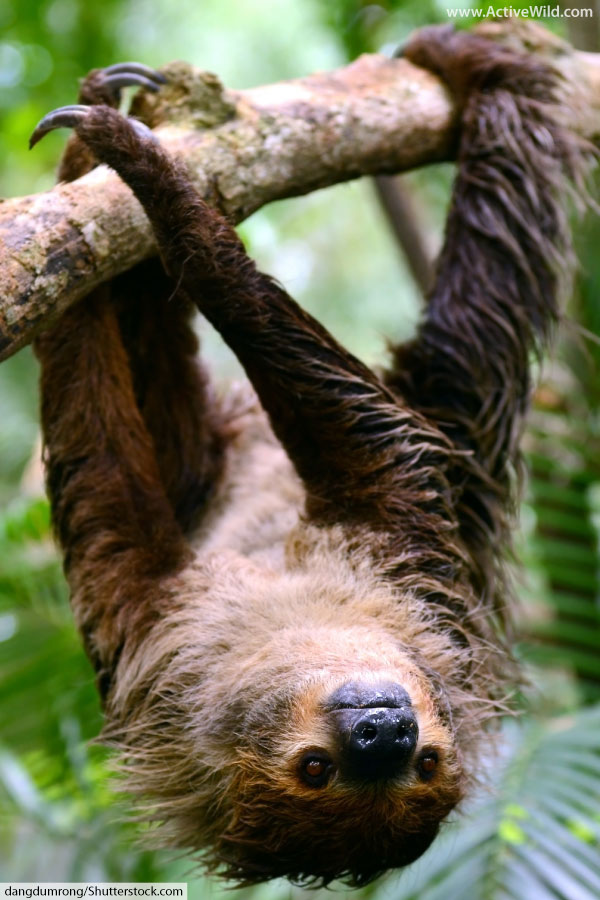
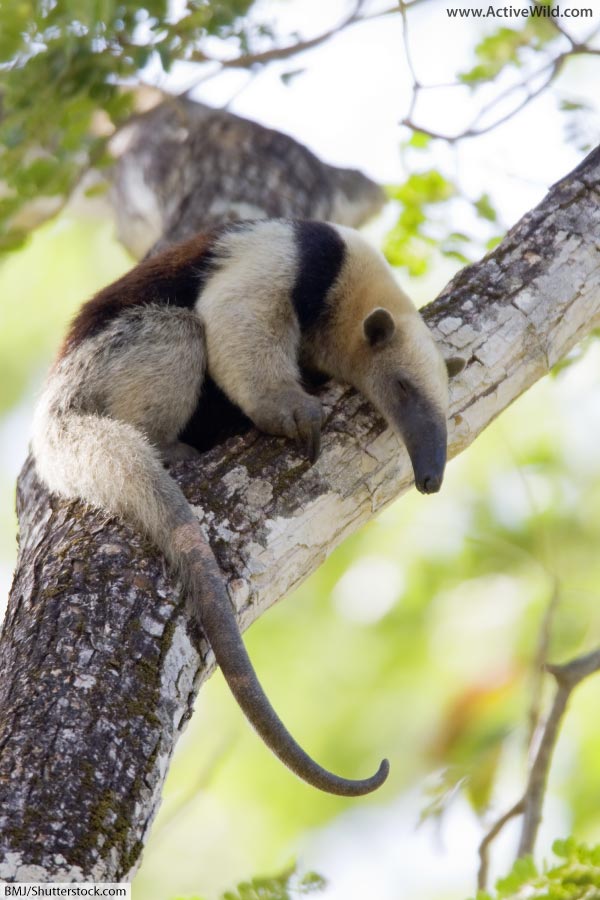

I love sloths I love this app I love animals and so do you !!!
This is a really good website to check out facts for kids.